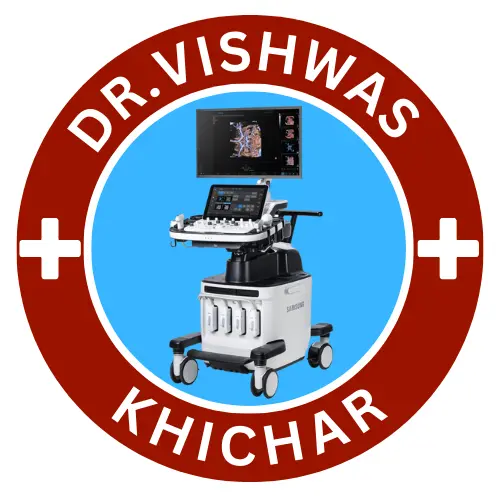Venous Doppler

Ultrasound imaging is a noninvasive medical diagnostic that aids doctors in diagnosing and treating medical disorders. It is risk-free and painless. It uses sound waves to generate images of the inside of the body. It employs a small probe known as a transducer and gel applied directly to the skin. High-frequency sound waves go from the probe into the body via the gel. The probe gathers the sounds that bounce back. A computer uses these sound waves to generate an image. Ultrasound examinations do not include the use of radiation. Because these ultrasound images are captured in real-time, they can reveal the structure and movement of the body’s internal organs. Blood can also be seen flowing via blood arteries in the photos.

What Are Some Common Uses of Venous Doppler Test?
The most typical reason for a venous ultrasonography scan is to look for blood clots, particularly in leg veins. Deep vein thrombosis, or DVT, is another name for this illness. These clots may break off and enter the lungs, where they can cause pulmonary embolism, a potentially fatal disease. So, look for the venous doppler test near me to discover an early blood clot in the legs so that treatment can begin to prevent it from spreading to the lung.
1. In addition, a venous ultrasonography scan is performed to:
Identify the source of long-standing leg edema. The valves that ordinarily prevent blood from flowing back to the heart in persons with “varicose veins” may be damaged, and venous ultrasonography can help identify the damaged valves and irregular blood flow.
Assist with the placement of a needle or catheter into a vein. Sonography can assist in locating the vein’s exact location and avoiding issues such as bleeding or injury to a neighboring nerve or artery.
The veins in the leg or arm are mapped out so that sections of the vein can be excised and used to bypass a restricted or obstructed blood vessel. One example is using leg veins to surgically bypass constricted heart (coronary) arteries.
Examine a dialysis blood vessel graft if it is not performing as intended; for example, the graft may be constricted or obstructed.
2. Venous ultrasonography scan is used in children to:
Examine a link between an artery and a vein, as seen in congenital vascular malformations (arteriovenous malformations or fistulas) and dialysis fistulas.
Because of the smaller vessel size, if a line is inserted in a vein in the legs or arms, there is a significantly greater likelihood of a clot forming around it (especially in infants and young children).
A clot can form unexpectedly in the arm because of the compression in the vein at the inlet of the chest or in the left leg because of the compression in the vein on the left side by artery in the abdomen in some cases.
Doppler ultrasound enables the doctor to observe and analyze the following:
• Blockages to blood flow (such as clots)
• Tumors and congenital vascular malformations
• Narrowing of vessels
• Increased blood flow (the sign of infection)
• Reduced or no blood flow to various organs, such as the testes or ovary
